Troubleshooting and Maintenance Tips for Your Meat Mixer Machine
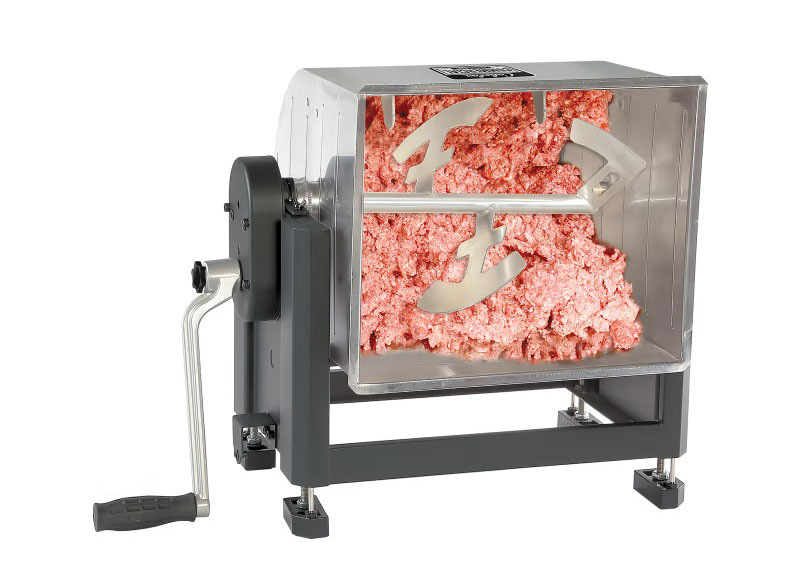
Introduction: What is a Meat Mixer Machine and Why is it Essential?
The meat mixer machine is a critical tool in the food processing industry, ensuring uniformity and consistency in meat products. From sausages to ground meat, mixing plays a pivotal role in shaping the final product's texture, taste, and quality. In simple terms, a meat mixer machine blends meat and other ingredients, such as fat, seasonings, and additives, into a homogeneous mixture, preparing it for further processing. This machine not only saves time but also improves the quality of the final product, making it an indispensable piece of equipment in both commercial and small-scale operations.
Overview of the Meat Mixing Process
The meat mixing process involves thoroughly blending raw meat with other ingredients to achieve an even distribution of fat, spices, and flavorings. This step is essential to ensure consistent texture and taste throughout the entire batch, preventing clumping or uneven seasoning.
Importance of Consistent Mixing in Meat Production
Consistency is key to producing high-quality meat products. Improper mixing can result in uneven texture, poor flavor, and compromised food safety. A well-blended mixture ensures that each piece of meat is seasoned uniformly, providing consumers with a better and more enjoyable eating experience.
The Role of Meat Mixer Machines in the Food Industry
Meat mixer machines serve as the backbone of numerous food processing operations, from large-scale commercial factories to artisanal meat producers. These machines ensure efficient, safe, and uniform blending of meat and ingredients, which is crucial in maintaining high product quality and consistency.
Enhancing Consistency and Quality in Meat Products
By automating the mixing process, meat mixer machines can produce a higher-quality product with consistent texture and flavor. The ability to blend ingredients evenly ensures that every bite meets consumer expectations.
Applications Across Different Types of Meat Processing Operations
Meat mixer machines are versatile, used in various operations such as sausage production, ground meat processing, and even in blending special additives like preservatives or flavorings. They are essential for both large processors and small butcher shops that aim to offer consistent and high-quality products.
Types of Meat Mixer Machines: A Detailed Exploration
Understanding the different types of meat mixer machines helps in selecting the right one for specific production needs. These machines vary in size, design, and mixing mechanism, each offering distinct advantages.
Horizontal Meat Mixers: Ideal for Large Batches
Horizontal meat mixers are designed to handle large quantities of meat, making them ideal for industrial-scale operations. They efficiently mix high volumes of meat and other ingredients, reducing production time and enhancing efficiency.
Vertical Meat Mixers: Efficient for Compact Operations
Vertical mixers, typically smaller than horizontal mixers, are perfect for operations with limited space or lower production needs. They provide efficient mixing, albeit on a smaller scale, making them popular for smaller businesses and home processors.
Paddle Mixers vs. Spiral Mixers: What’s the Difference?
Paddle mixers use large paddles that rotate to mix ingredients, offering robust blending action for tough materials. Spiral mixers, on the other hand, feature a spiral mechanism that gently mixes the meat in a uniform fashion. Each type has its specific applications based on meat texture and the level of thoroughness required.
How Meat Mixer Machines Work: The Science Behind the Mixing Process
At the core of every meat mixer machine lies a carefully designed mechanism that ensures the uniform distribution of ingredients. Understanding the science behind these mixers can help optimize their use and ensure the highest-quality meat products.
Mixing Mechanisms and Techniques
Meat mixers use different techniques depending on the design—whether it’s a paddle, spiral, or other mechanism. The key is to create a uniform blend without overworking the meat, which could impact its texture.
The Role of Blades, Paddles, and Spiral Systems
Blades, paddles, and spirals are the key elements that facilitate the movement and blending of the meat. The design of these components directly affects the mixing efficiency and consistency, with some systems being better suited for specific types of meat and processing needs.
Importance of Proper Speed and Timing
The speed and duration of mixing are critical. Too fast or too slow can lead to over-mixing or under-mixing, both of which compromise the product’s quality. The right speed ensures that ingredients are fully incorporated without damaging the texture of the meat.
Key Features to Look for in a Meat Mixer Machine
When investing in a meat mixer machine, it’s crucial to consider the features that will enhance both efficiency and product quality. Key elements to evaluate include capacity, motor power, and temperature controls.
Mixing Capacity: Finding the Right Size for Your Needs
The capacity of the meat mixer machine should align with your production requirements. Oversized machines can lead to unnecessary energy consumption, while underpowered machines may struggle to handle large batches efficiently.
Blade and Paddle Design: Maximizing Mixing Efficiency
The design of the blades and paddles determines how effectively the machine can mix ingredients. Look for models with well-engineered mixing tools that promote even blending and prevent ingredients from being left out.
Motor Power and Speed Controls: Ensuring Consistent Results
A powerful motor ensures the machine can handle tough meats and large volumes. Adjustable speed settings are crucial for tailoring the mixing process to different meat types and production demands.
Temperature Control: Keeping Your Meat at Optimal Conditions
Temperature control helps maintain the quality and safety of the meat during processing. It prevents the meat from becoming too warm, which could lead to bacterial growth or a change in texture.
How to Choose the Right Meat Mixer Machine for Your Business
Selecting the right meat mixer machine requires careful consideration of various factors to ensure that the machine meets the unique needs of your operation.
Understanding Your Production Volume and Mixing Needs
Determine the volume of meat you plan to process regularly and choose a machine that can handle that capacity efficiently. Understanding the type of meat and desired consistency will help guide this decision.
Size and Space Considerations: Fitting the Machine into Your Operation
The size of your kitchen, butcher shop, or food processing facility will determine the type and scale of mixer you can accommodate. Be sure to measure the space and select a machine that fits comfortably without overwhelming your work area.
Budget vs. Quality: Finding the Balance
While it’s tempting to go for the most affordable option, quality should never be compromised. Find a machine that strikes a balance between price and performance, considering both long-term durability and initial investment costs.
Brand Reputation and Customer Reviews: What to Look For
Research customer feedback and reviews to find trusted brands that offer reliable machines with a proven track record of performance. Reputable brands often provide warranties and post-purchase support.
Benefits of Using a Meat Mixer Machine in Your Business
The meat mixer machine can significantly enhance the production process, improving both efficiency and quality.
Improved Product Consistency and Taste
One of the most significant benefits of using a meat mixer is the consistency it offers in the final product. A uniformly mixed product ensures that every bite is flavorful and well-seasoned.
Time and Labor Savings: Streamlining the Mixing Process
Manual mixing can be time-consuming and labor-intensive. A meat mixer automates this process, freeing up time for workers to focus on other tasks, thus increasing overall productivity.
Enhanced Food Safety and Hygiene
Automated mixers reduce the risk of contamination from human handling. In addition, most meat mixer machines are made from easy-to-clean materials like stainless steel, promoting better hygiene practices.
Common Materials Used in Meat Mixer Machines
Choosing the right materials for your mixer machine can make a significant impact on both its performance and longevity.
Stainless Steel vs. Other Materials: Durability and Hygiene Considerations
Stainless steel is the industry standard due to its resistance to corrosion, ease of cleaning, and durability. It is particularly preferred in the food industry for its ability to maintain hygiene standards.
Why Stainless Steel is Preferred in Food Processing
Stainless steel not only provides longevity but also complies with food safety regulations. It resists staining, rusting, and bacterial growth, making it ideal for maintaining the integrity of the mixing process.
Meat Mixer Machine Maintenance: Ensuring Longevity and Performance
Proper maintenance ensures that the meat mixer machine remains operational for years, delivering optimal performance and consistent results.
Regular Cleaning: The Key to Hygiene and Machine Longevity
Thorough cleaning after each use is essential to prevent bacterial build-up and maintain the machine’s functionality. Clean all parts that come into contact with raw meat, including blades, paddles, and the mixing chamber.
Lubrication and Maintenance of Moving Parts
Regular lubrication of the moving parts helps reduce friction, preventing premature wear and tear. Check for any signs of rust or corrosion, and replace worn-out components promptly.
Checking and Replacing Worn-Out Parts
Worn-out parts can compromise the efficiency of your machine. Regular inspections allow you to identify and replace faulty components before they cause major operational issues.
Keeping the Mixer in Optimal Condition Between Uses
Even between production runs, ensure the mixer is stored properly, cleaned, and maintained. This helps extend its service life and ensures the machine is always ready for the next batch.
Troubleshooting Common Problems with Meat Mixer Machines
Even the best machines can experience occasional issues. Understanding common problems and how to resolve them can keep your operations running smoothly.
Machine Not Starting: Electrical or Mechanical Issues
If the machine doesn’t start, it may be due to electrical faults, such as a blown fuse, or mechanical issues like a jammed motor. Perform a thorough inspection to diagnose the root cause.
Uneven Mixing: Diagnosing Blade or Paddle Issues
If the mixture is uneven, the blades or paddles may be worn out or not functioning properly. Check for wear and tear and ensure all moving parts are aligned and properly maintained.
Overheating: How to Prevent and Fix Overheating Problems
Overheating can occur if the motor is overworked. Ensure that the machine isn’t overloaded and that air circulation around the motor is adequate to prevent overheating.
Jamming or Clogging: How to Prevent and Resolve Clogs
Clogs can occur when fatty or tough materials block the mixing chamber. Regular cleaning and monitoring of the mixing process can help avoid this issue.
Safety Considerations for Operating a Meat Mixer Machine
Ensuring the safety of employees and operators is paramount when working with heavy machinery like meat mixers.
Protective Gear: Gloves, Safety Guards, and Aprons
To minimize the risk of injury, operators should wear gloves, safety guards, and aprons. These precautions protect against accidental contact with moving parts.
Proper Loading and Unloading Procedures
Follow safety protocols when loading and unloading the machine. Ensure that the equipment is powered off and unplugged before performing any maintenance.
Safe Operation Practices to Prevent Injuries
Operators should be trained in safe machine operation techniques, including understanding emergency shutdown procedures and maintaining proper posture during mixing.
Training and Certification for Operators
Proper training and certification can reduce accidents and improve machine handling, ensuring that operators understand all safety features and operational protocols.
Conclusion: Making the Right Choice for Your Meat Mixing Needs
Choosing the right meat mixer machine requires understanding your production needs, budget, and the types of meat you process. By considering factors like mixing capacity, materials, and maintenance requirements, you can make a well-informed decision that boosts efficiency, product quality, and safety in your meat processing operations.
FAQs: Meat Mixer Machines
What is a meat mixer machine used for?
A meat mixer machine is used to blend raw meat with other ingredients, such as fat, seasonings, and additives, to create a uniform mixture. This process is essential for ensuring consistent texture, flavor, and quality in meat products like sausages, ground meat, and other processed foods.
How do I choose the right meat mixer machine for my business?
When choosing a meat mixer machine, consider factors like production volume, available space, budget, and the types of meat you process. You should also evaluate features like mixing capacity, motor power, blade or paddle design, and temperature control. Ensuring the machine fits your operational needs and budget is key to making a sound investment.
What types of meat mixer machines are available?
There are primarily two types of meat mixer machines: horizontal and vertical mixers. Horizontal mixers are ideal for large-scale operations, while vertical mixers are more suitable for smaller-scale operations. Additionally, there are paddle mixers and spiral mixers, each offering different mixing mechanisms to cater to various production needs.
What are the key features to look for in a meat mixer machine?
Important features to consider include the machine’s mixing capacity, motor power, speed controls, blade or paddle design, and temperature control. Additionally, look for machines made from durable materials, such as stainless steel, which are easier to clean and maintain. The inclusion of safety features like overload protection is also crucial.
How do meat mixer machines improve production efficiency?
Meat mixer machines streamline the blending process, saving time and labor compared to manual mixing. Automated mixing ensures consistent quality and reduces human error, which can result in uneven seasoning or texture. This leads to higher production rates and lower labor costs, boosting overall operational efficiency.
How do I maintain my meat mixer machine to ensure longevity?
To maintain your meat mixer machine, you should perform regular cleaning, lubrication of moving parts, and periodic inspections for worn-out components. Clean the machine thoroughly after each use to prevent bacterial buildup and ensure hygiene. Lubricate parts like paddles and motors regularly, and replace any worn or damaged parts promptly.
What materials are meat mixer machines made of?
Most meat mixer machines are made of stainless steel, as it is durable, resistant to rust and corrosion, and easy to clean. Stainless steel is the preferred material in the food processing industry because it helps maintain hygiene standards and ensures the longevity of the machine. Other materials like aluminum or plastic may be used, but they tend to be less durable.
How can I troubleshoot common issues with my meat mixer machine?
Common issues include the machine not starting, uneven mixing, overheating, or clogging. For starting issues, check electrical connections or mechanical faults. If the mixing is uneven, inspect the blades or paddles for damage. To prevent overheating, ensure the machine is not overloaded and the motor is properly ventilated. For clogs, regularly clean the mixing chamber and remove any large pieces of debris that could block the system.
Is a meat mixer machine safe to operate?
Meat mixer machines are safe to operate if the proper precautions are taken. Operators should wear protective gear such as gloves, safety guards, and aprons. Additionally, operators must be trained in safe loading, unloading, and operating procedures to minimize the risk of injury. Ensuring regular machine maintenance also contributes to safe operation.
Can a meat mixer machine be used in small-scale or home operations?
Yes, meat mixer machines can be used in small-scale or home operations. There are smaller, more compact models designed for home butchers or DIY meat processors. These models offer the same benefits as larger machines, such as improved consistency and time savings, but are scaled for lower production volumes and limited space.
What are the energy consumption and environmental impacts of meat mixer machines?
Energy consumption can vary depending on the size and power of the meat mixer machine. Larger, industrial-grade models generally consume more energy, but energy-efficient models are available. To minimize environmental impact, consider machines that incorporate energy-saving features, such as variable speed controls and low-power motors. Regular maintenance, including cleaning and lubrication, can also help the machine run more efficiently.
What is the typical lifespan of a meat mixer machine?
The lifespan of a meat mixer machine depends on factors like the quality of materials, how well it’s maintained, and the intensity of its use. On average, a well-maintained meat mixer can last anywhere from 5 to 10 years. Regular upkeep, such as cleaning and replacing worn-out parts, can extend the machine’s longevity.
How much does a meat mixer machine cost?
The cost of a meat mixer machine varies based on its size, capacity, features, and brand. Small, home-use models can range from $300 to $1,500, while industrial-grade mixers can cost anywhere from $3,000 to $20,000 or more. It's important to balance cost with quality to ensure you're investing in a machine that meets your needs and delivers long-term value.
Can a meat mixer machine be integrated with other food processing equipment?
Yes, meat mixer machines can be integrated with other food processing equipment like meat grinders, stuffers, and sausage casing machines. Integrating these machines ensures a streamlined production process, reducing the need for manual handling and improving overall operational efficiency. However, it’s essential to ensure compatibility between machines to avoid operational issues.
Must-Read Blogs For Chain Restaurants Owner








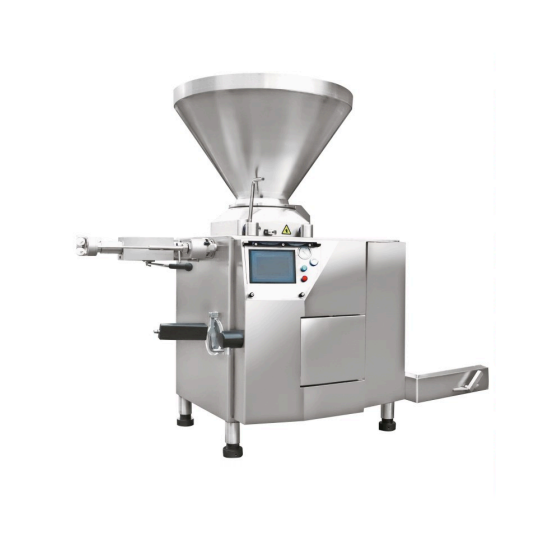
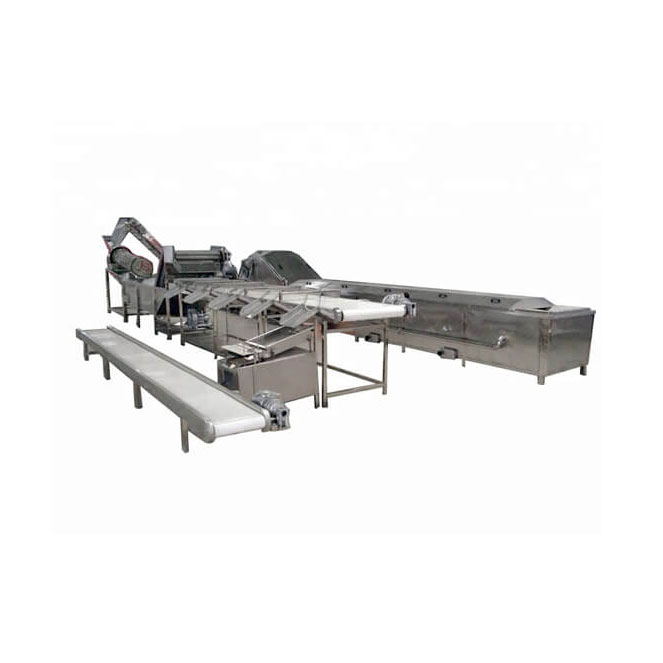
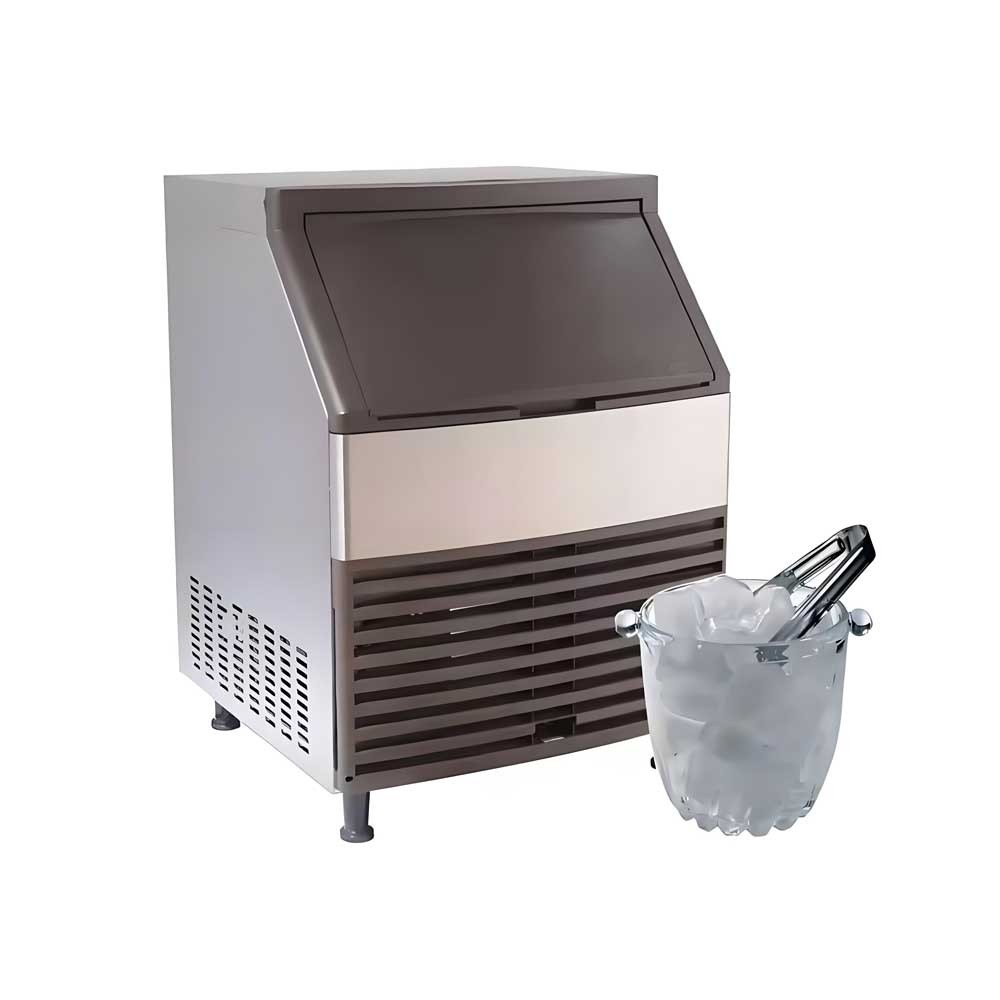
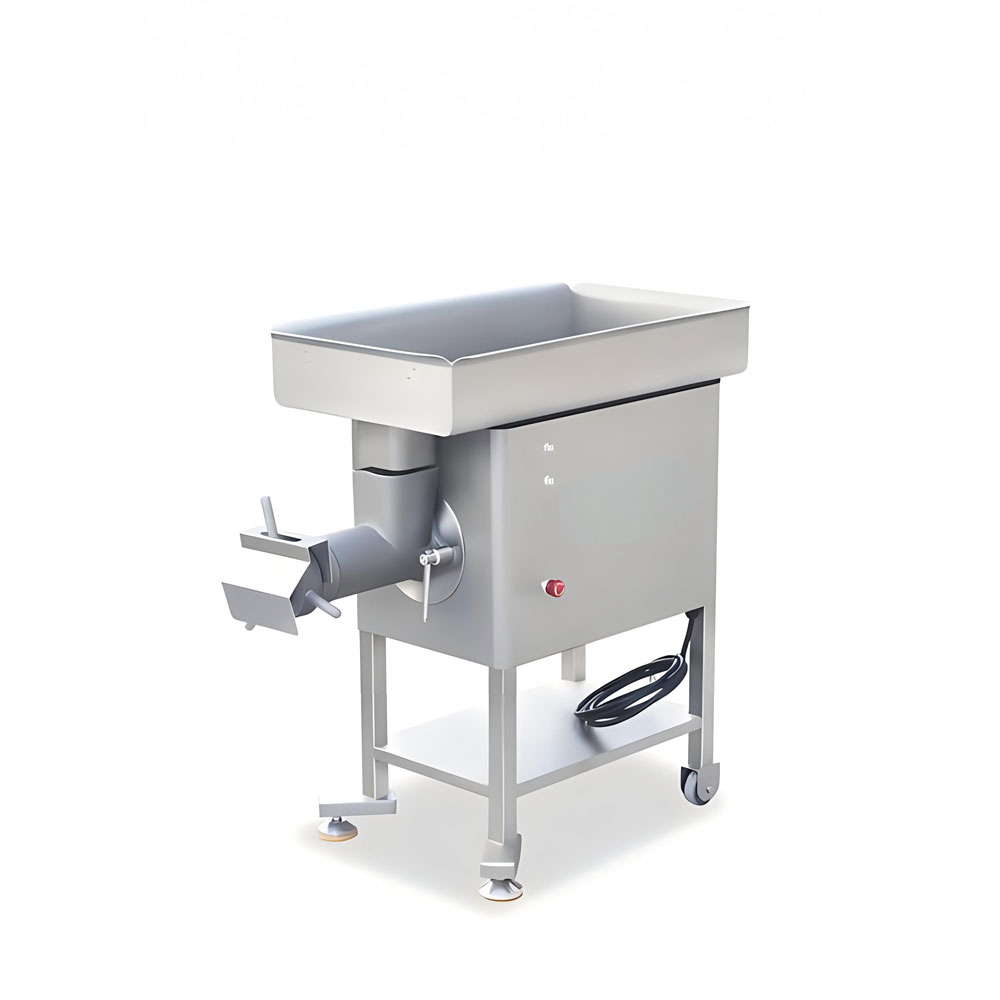 Automatic Meat Mixer Machine
Automatic Meat Mixer Machine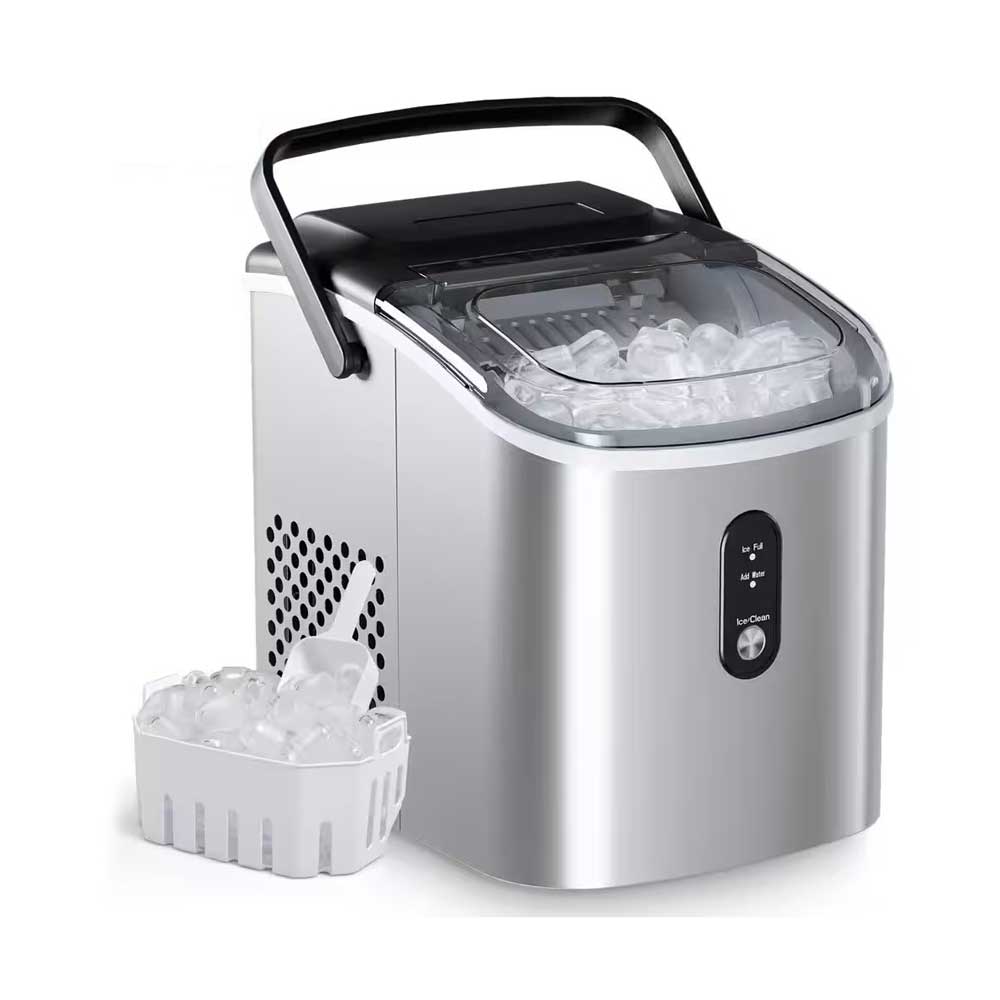 Portable Flake Ice Machine
Portable Flake Ice Machine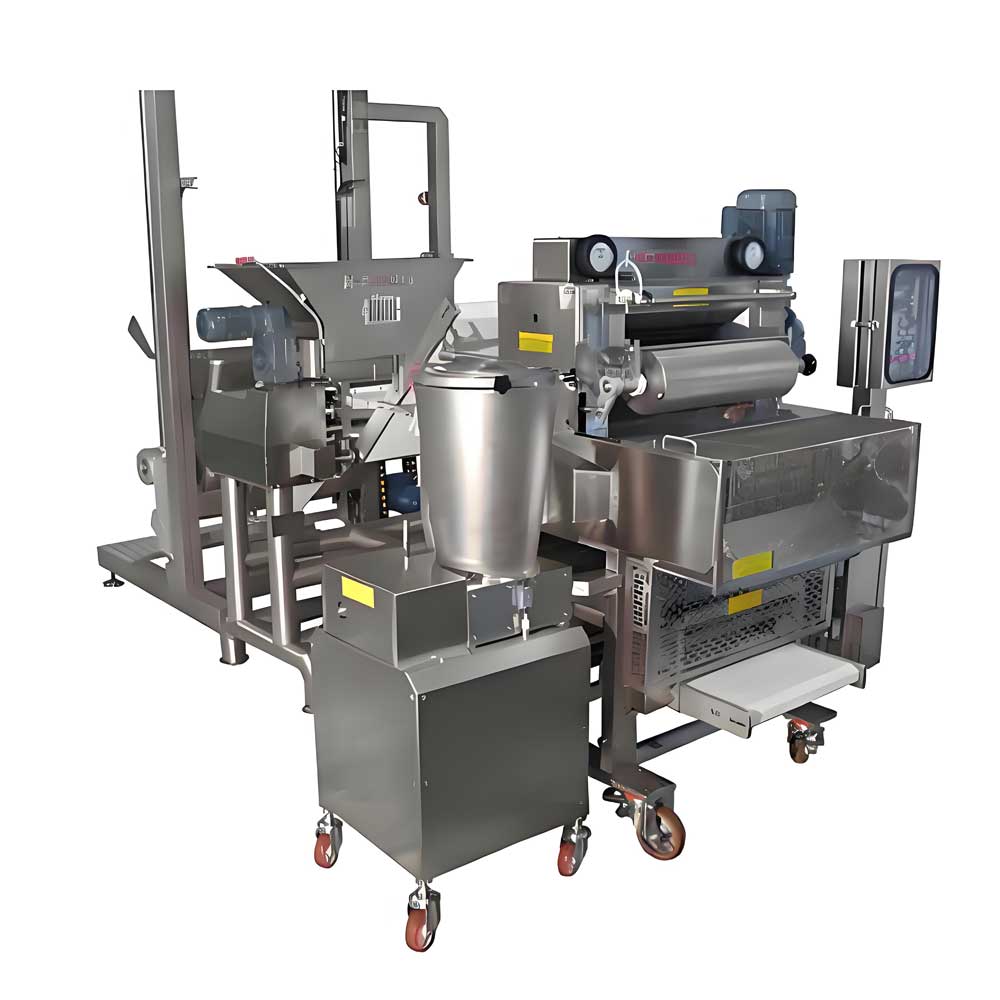 Pelmeni Making Machine
Pelmeni Making Machine
Ready to Get Started?